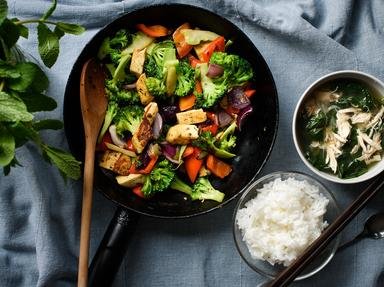
Where in the World Does This Food Come From? Quiz
Five random different countries on five different continents, with three different dishes each. Can you match the dish to its country of origin?
A classification quiz
by Kankurette.
Estimated time: 3 mins.